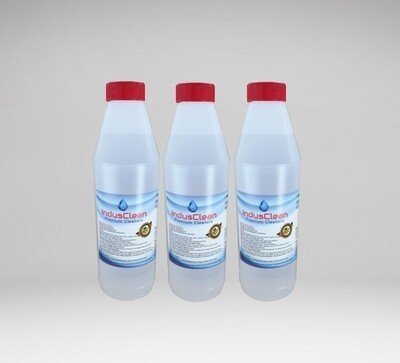When industries evaluate chemical options, understanding GBL vs other industrial solvents: a comparison guide is essential for making informed decisions. Gamma-butyrolactone (GBL) stands out for its strong solvency, stability, and versatility, but it’s important to see how it compares to alternatives like acetone, NMP, or DMSO.
The first point in GBL vs other industrial solvents: a comparison guide is solvency power. GBL can dissolve a wide range of organic and inorganic materials, making it especially useful in electronics cleaning, coating removal, and polymer processing. While acetone evaporates quickly and is less stable, GBL provides longer working times and consistent results in demanding applications.
Safety and compliance are another critical factor. In regulated industries, selecting a solvent requires reviewing Material Safety Data Sheets (MSDS), handling protocols, and shipping requirements. Compared to some solvents with higher volatility or flammability risks, GBL offers stability but still demands secure storage and adherence to OSHA and DOT guidelines.
Cost efficiency also matters in GBL vs other industrial solvents: a comparison guide. GBL purchased in bulk often comes with wholesale savings, reducing per-unit costs for companies that rely on solvents regularly. Alternatives may be cheaper upfront but less effective in specialized tasks, leading to greater long-term costs.
Finally, industries must consider application fit. GBL is ideal for precision cleaning, laboratory research, and coatings removal, while solvents like DMSO are chosen for different chemical properties. The right choice depends on the intended use, safety requirements, and compliance needs.
By reviewing GBL vs other industrial solvents: a comparison guide, businesses gain clarity on solvent selection, ensuring they choose the right chemical for their specific industrial or research application.
